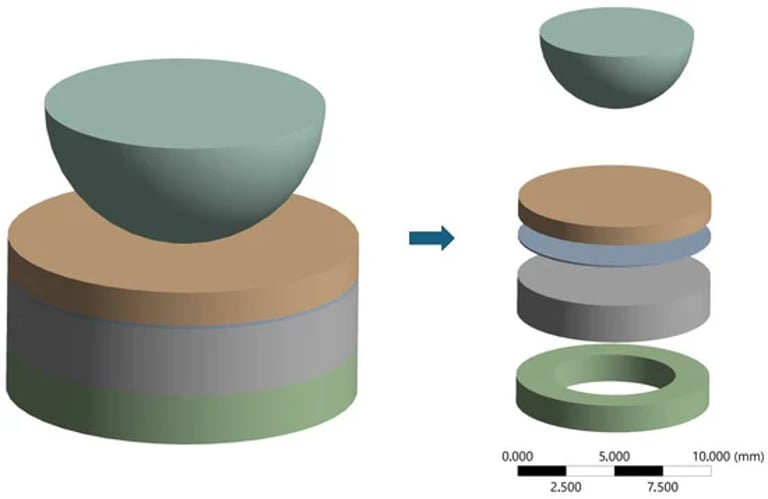3D-Printed Dental Crowns Outperform Traditional Methods in Strength and Stress Distribution, Study Finds
September 23, 2024
A recent study evaluated the fracture strengths and hardness of various restorative materials, focusing on determining the appropriate crown thickness for permanent prostheses.
The research compared three manufacturing techniques: conventional (CRC), milled (MRC), and 3D-printed (PRC), utilizing 60 specimens of each type measuring 10 mm in diameter and 1.0 mm in thickness.
Results indicated that the manufacturing method significantly influenced mean fracture load values, with PRC achieving the highest mean fracture load of 4185 ± 914 N, followed by MRC at 2495 ± 941 N, and CRC at 599 ± 292 N.
Significant differences in fracture load were observed among the materials, leading to the rejection of the null hypothesis that no differences existed based on manufacturing technique.
The findings underscored the importance of sandblasting in enhancing surface roughness, which in turn improves the bonding strength of restorations.
Optimizing surface roughness through sandblasting significantly influenced bonding parameters, highlighting its critical role in restorative dentistry.
Milled materials generally exhibited higher strength and surface quality compared to 3D-printed materials, which are advantageous for fine detail reproduction and lower fabrication costs.
Interestingly, the study suggests that 3D-printed resin composites can achieve comparable strength to milled composites when properly cemented, indicating their viability for indirect composite restorations (ICRs).
Finite element analysis revealed better stress distribution in 3D-printed restorations, potentially contributing to their higher load-bearing capacity.
Group M demonstrated significantly higher hardness than both 3D-printed groups, with hardness values of 111.18 HV for M, 21.64 HV for P1, and 33.39 HV for P2.
Overall, the study emphasizes the importance of carefully considering material type and thickness when selecting restorative materials for dental applications.
The research highlights the need for further studies on the physical properties of 3D-printed resins under clinical conditions to improve their application in dentistry.
Summary based on 2 sources